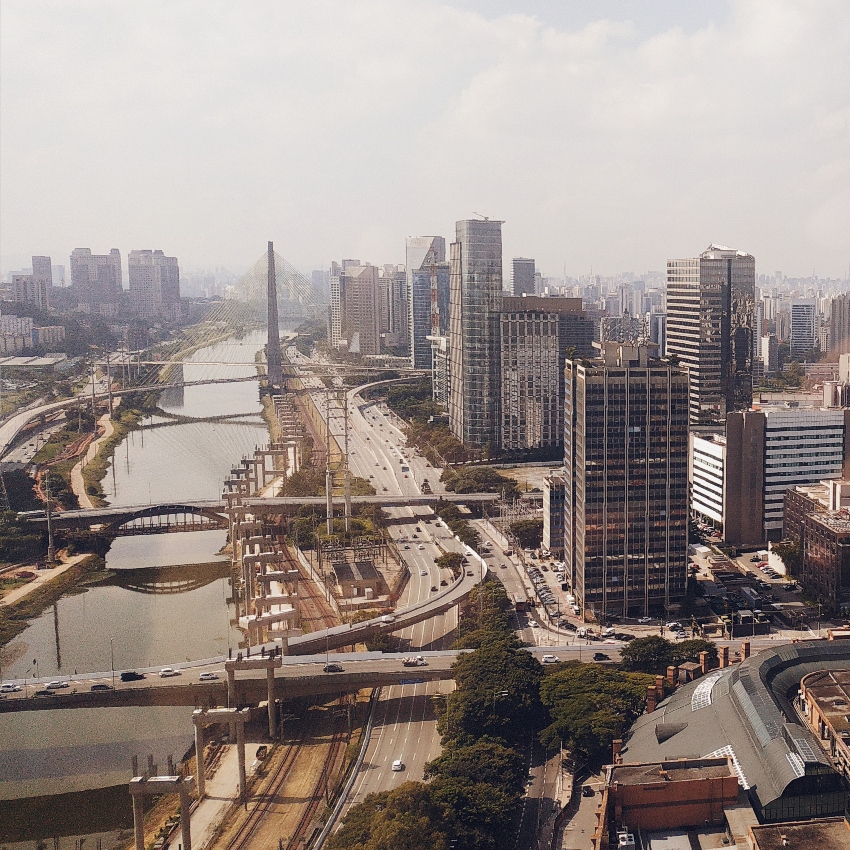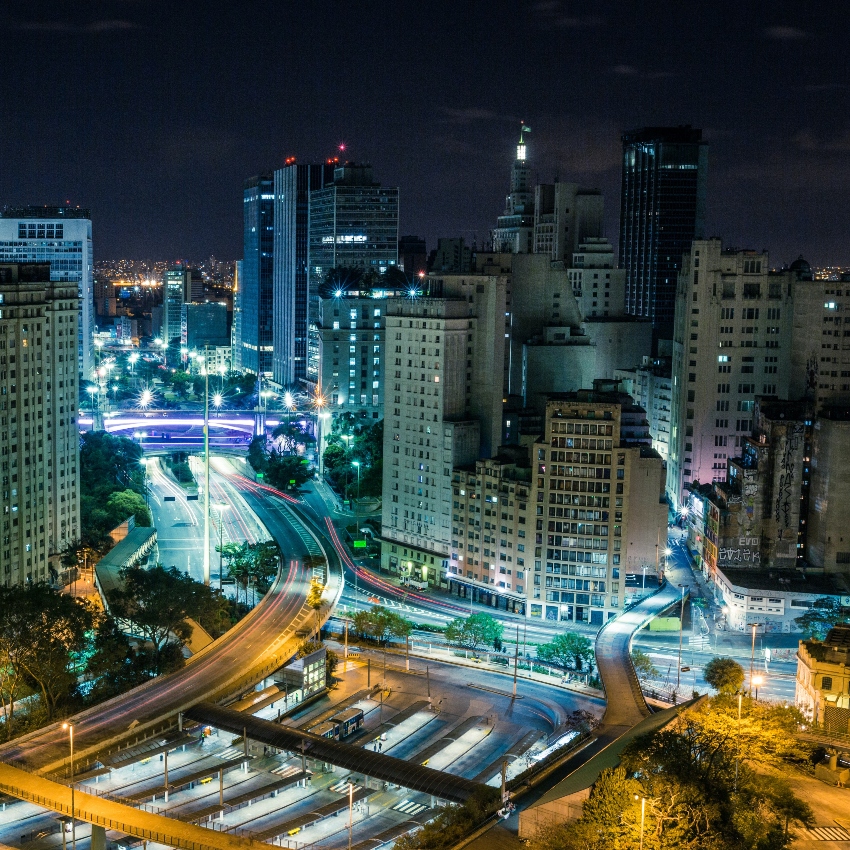Closing the year of 2022 with an e-commerce market worth almost $ 200 billion, with a 22% annual growth rate from 2021 to 2025. The largest country in South America and the fifth largest nation in the world, Brazil remains the leading market in Latin America.
With segments recovering well from the pandemic and more digital shopping habits becoming more of an established behavior rather than new trends, the country represents novel opportunities — and challenges.
To help you better navigate them and tailor your strategies to reach the best possible successes in the Brazilian market, we’ve prepared this article, with exclusive data from our Digital Renaissance in Latin America white paper. Enjoy your reading!
Brazil’s heavy online shoppers
Brazil has a population of 213 million people, of which more than half are online shoppers: according to our study, the country has 128 million e-shoppers. That represents a 75% e-commerce penetration rate, the highest among Latam’s six main markets – after Brazil comes Mexico, Colombia, Argentina, Chile, and Peru, respectively.
One of the main reasons that make Brazilians such a heavy consumer base for e-commerce is that they like to follow trends, and enjoy product and pricing variety. Therefore, they are eager to find domestic or foreign merchants with innovative approaches to buying – being willing, even, to overcome poor UX and long shipping times for that.
Seeking more agile and dynamic shopping experiences, Brazilian consumers have also heavily adopted the usage of mobile devices for making purchases. This is also due to the fact that access to smartphones increases year by year in the country, and many Brazilians have their smartphones as their primary or only source of internet connection.
Thus, mobile brings most of the total e-commerce volume and, in 2023, should account for 73% of all online sales. The fast-increasing digitalization of the country leads to more online sellers, better product variety and pricing, and more consumers turning to the digital environment to buy anything — especially after Covid-19.
Cross-border purchases bouncing back – and rising high
Cross-border sales decreased tremendously during the pandemic, due to the heavy restrictions, supply chain issues, and local currency (Reais) depreciation. Thus, the exponential growth of e-commerce in 2020 was felt especially by domestic merchants.
Nowadays accounting for 6% of all online sales in the country, cross-border e-commerce is expected to reach 7% by 2025. The main segments with foreign sales penetration are travel (8%), retail (6%), and apps for ride-hailing and delivery (5%).
It’s worth noting that the travel sector, which suffered tremendously with the pandemic, is one of the e-commerce markets that is changing the most right now. Since it has the highest rate of cross-border purchases in Brazil, the country is an interesting option for travel companies to dive into.
Speaking of the whole e-commerce market in Brazil, while cross-border e-commerce suffered more and dropped 13% in 2020, it began to grow again as the pandemic’s impacts lessened in 2021, at 32%. From here on out, it’s expected to rise even faster than domestic e-commerce (34% per year vs. 24% per year).
Main industry trends
Brazil might have already gone through its biggest e-commerce boom in 2020, when millions of new e-shoppers joined the scene due to the pandemic. However, the market does keep growing in the country, even if at a slower pace.
After closing 2021 with a $ 153 billion market, Brazil should finish 2022 just shy of a $ 200 billion total e-commerce volume. Now, in 2023, online sales are expected to rise to $ 247 billion. Growth will also be seen in the next few years: the total should come to $ 294 bi in 2024 and $ 343 bi in 2025.
After 2020’s boom, the growth comes from two main market behaviors: more digital segments have gathered a consumer base that is now very used to shopping online; meanwhile, other segments are recovering from the deep decline in sales volume that followed social isolation – travel being the biggest example here.
Each e-commerce sector in Brazil had different experiences dealing with Covid’s restrictions and, now, with post-Covid recovery. While retail saw a massive increase in sales and the variety of items people started buying — a behavior that doesn’t show signs of decelerating —, the travel segment suffered tremendously and now faces new challenges.
Retail
Retail drove ~30% of ecommerce growth in 2021. Even with vaccination levels increasing, Brazilians have already created the habit of buying everything online, from electronics and furniture to groceries and clothing. In Brazil, international merchants can find a consumer base with a high appetite for finding better prices and product variety, thus very willing to shop internationally for that.
Travel
The segment suffered highly during the pandemic when Brazilians exchanged airfare and hotels for domestic travel and Airbnbs. On the other hand, this represents an opportunity for merchants to develop emerging travel hubs outside traditional destinations. Brazilians are slowly resuming international travel, but the rise of fuel prices make it still very costly.
Digital goods and services
Saw a significant increase, especially in entertainment (mostly streaming and online gaming) and online education, habits that should continue for many Brazilians even after the pandemic — with slower increase rates, as people adjust to “the new normal”. Already highly connected, Brazilians in 2020 spent around 10 hours per day using the internet, four hours watching television and streaming, 3.75 hours on social media, and one hour playing video games.
Ride-hailing and delivery
Delivery apps went through major growth during the pandemic, while ride-hailing apps decreased and are now fast recovering. These companies are also heavily investing in becoming superapps, with many services beyond food and mobility. The pandemic also boosted faster delivery times, and marketplaces to add delivery services, such as MercadoLibre.
Local payment methods still lead the market
With only 31% of the Brazilian population owning an internationally-enabled credit card, selling only to this consumer base is highly limiting – however, many foreign merchants still only accept international credit cards when selling to Brazil.
Therefore, one of the most important lessons for international merchants venturing into Brazil is that accepting alternative payment methods unlocks 109 million potential customers who want to shop online but do not have a credit card.
Besides, while cards are still very popular, innovative payment methods such as Pix and e-wallets are growing exponentially day by day. Brazil’s payment landscape is highly complex, changing fast and becoming more digital day by day. Thus, offering local payment methods in your checkout is fundamental to reach the country’s full potential.
See? Keeping up with market trends and also with payment trends is fundamental to reach success in Brazil and make the most of the country’s potential.
To learn more about local payments, their role in Brazil and Latin American business, and how to offer them, click below to talk to us and understand how PagSeguro can help you in this journey:



.png)

